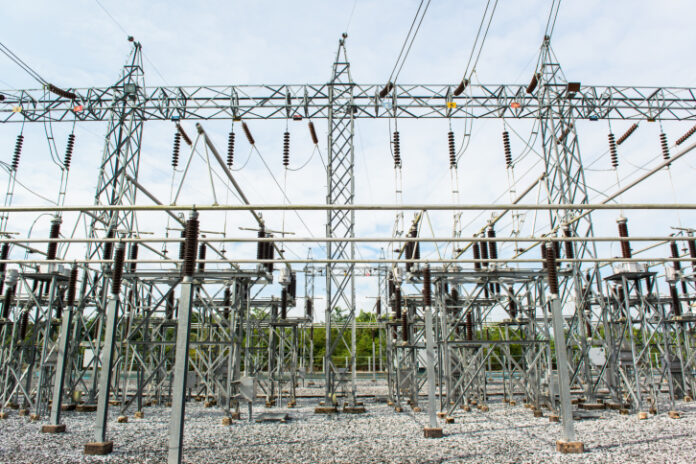By Matthew Gonzales
The City of San Diego is debating whether it should take over the assets and operations of the city’s electric grid – in other words, socializing a privately owned company and putting it under government control. The people of San Diego should reject what amounts to a $9+ billion buyout with highly speculative benefits, very expensive upfront costs, and potential mismanagement that would cost ratepayers and taxpayers dearly for years to come.
Attempts to municipalize private, local utilities are nothing new. Boulder, Colorado, spent a decade and tens of millions of taxpayer dollars trying to do so, only to have voters ultimately reject the effort in 2020. More recently, Maine voters by 2 to 1 said no to similar municipalization drive, and El Paso voters refused a similar attempt by 82%-18%.
Barely 15% of these government takeover attempts have succeeded, and two of the nine municipalized utilities identified in a 2019 report subsequently sold the assets back to the incumbent provider. In almost 90% of cases, the economics don’t justify having the city take over the electric utility, and in several instances when the economics seemed sensible, deteriorating finances resulted in the city reversing course.
Close to home, Hercules, CA, took over PG&E assets in 2002 and created its own municipal utility, only to lose millions of dollars and sell it all back to PG&E about a decade later.
Jefferson County in Washington State is another painful lesson. Advocates for a government takeover promoted a study saying the acquisition, separation, start-up, legal, and working capital costs would total $66 million, convincing local voters to move forward. In reality, the acquisition alone was over $109 million, and the resulting costs forced the new municipal utility to raise electric rates more than the incumbent. In the end, Jefferson County ratepayers ended spending huge sums up front only to pay higher rates than customers that stayed with Puget Sound Energy.
Beyond the economics, a government takeover results in a greater concentration of risk for a utility. Larger investor-owned utilities are able to spread costs of wildfire, earthquake and storm damage across a larger, more diverse service territory. They can also bring more resources to bear faster to restore service and protect customers. As a smaller entity, a municipally owned utility would likely face challenges if disaster strikes, and at a minimum, be forced to raise rates to better address future problems.
As noted in the 2019 study, “in cases where there is less oversight and experience in managing a complex electric utility system, the municipal owned model may result in increased risk, compared to investor-owned utilities, both in terms of cost and providing safe and reliable service.” Municipal utilities also are generally exempt from Federal Energy Regulatory Commission regulation over certain services, which “removes another layer of expert oversight and protection,” the report says. This is not the recipe for better service at a lower cost – it’s the opposite.
Another factor to consider is the $200 million SDG&E pays in income taxes each year. A municipal owned utility won’t be taxed as a for-profit entity, so taxpayers (most of whom are also ratepayers) will have to plug that shortfall for those funds that go towards better schools, roads, and government services. It won’t look like a rate increase, but in effect it is $200 million in “hidden fees” we all will pay through our tax bills.
A report released by supporters of a government takeover raises questions about where possible rate cuts could come from, but most of the factors cited as favorable to lower rates are driven by policy decisions in Sacramento or Washington, D.C. They would likely have the same impact regardless of who owns the utility. But there are still substantial risks for higher rates, if proponents have underestimated exit fees, capital costs, severance fees and operating expenses. As noted above, those rosy early predictions often fail to emerge.
If San Diego’s citizens are unhappy with their electricity costs, the right place to look is Sacramento, to ask their elected representatives why California has among the highest electric rates in the country. Empowering San Diego city bureaucrats to run an electric utility will do nothing to change California’s current trend of high rates and poorer reliability.
The bottom line for San Diego families and businesses is more affordable, reliable energy. The evidence shows that government utility takeovers have delivered cost overruns, higher rates, and less reliable service, which is reason enough for San Diego to just say no.
Matthew Gonzales is the Southwest Director for Consumer Energy Alliance.
Originally published by RealClearEnergy. Republished with permission.
For more on California energy policies, click here.


























